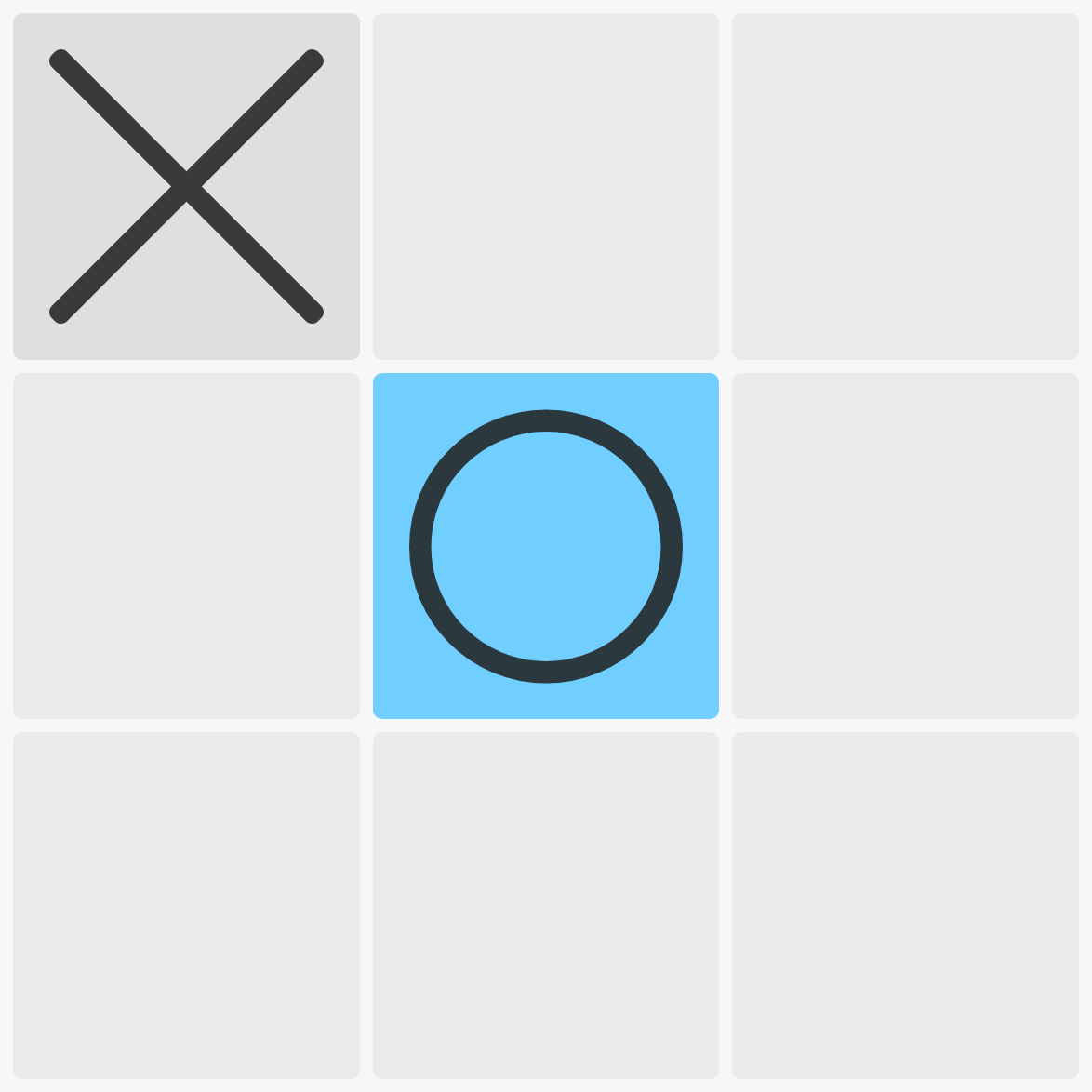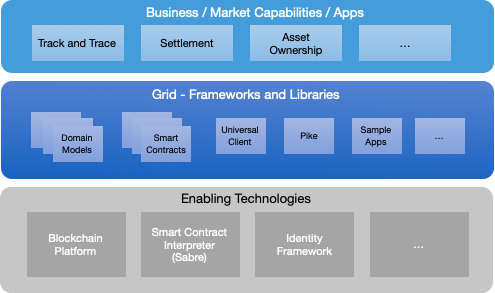Splinter Examples
 Gameroom
Gameroom
Gameroom is a full-stack web application that sets up private circuits for two or three participants to play tic tac toe with shared state.

Although playing distributed games is an unusual use case, Gameroom shows how to write a Splinter application that integrates the Splinter framework, UI components, and technologies from several other Splinter Community projects. Gameroom demonstrates the following items:
- Splinter circuits for private and secure connections between participants, with securely shared state.
- Splinter Biome user management, which stores user and credential information locally and securely shares it with other systems in the network.
- Sawtooth Sabre smart contract engine, which runs WebAssembly (WASM) smart contracts. Sabre is included in the Splinter scabbard service.
- Transact for executing smart contracts with transactions.
- Sawtooth’s XO smart contract for the business logic of tic tac toe (gameplay rules)
 Grid
Grid
Grid includes a real-world example of using Grid as a backend for Splinter. Grid’s mission is to provide reference implementations of supply-chain-centric items – data types, data models, smart-contract-based business logic, and more – that are anchored on existing open standards and industry best practices.

This example demonstrates how to combine the Splinter framework with other Splinter Community components into a single, effective business solution. It includes Sawtooth Sabre smart contract engine and the Pike, Product, and Schema smart contracts.
- Pike handles organization and identity permissions with Sabre, a smart contract engine that is included in the Splinter scabbard service.
- Product provides a way to share GS1-compatible product data (items that are transacted, traded, or referenced in a supply chain).
-
Schema provides a reusable, standard approach to defining, storing, and
consuming the product properties. Property definitions are collected into a
Schemadata type that defines all the possible properties for an item.
For more information, see the Grid documentation.